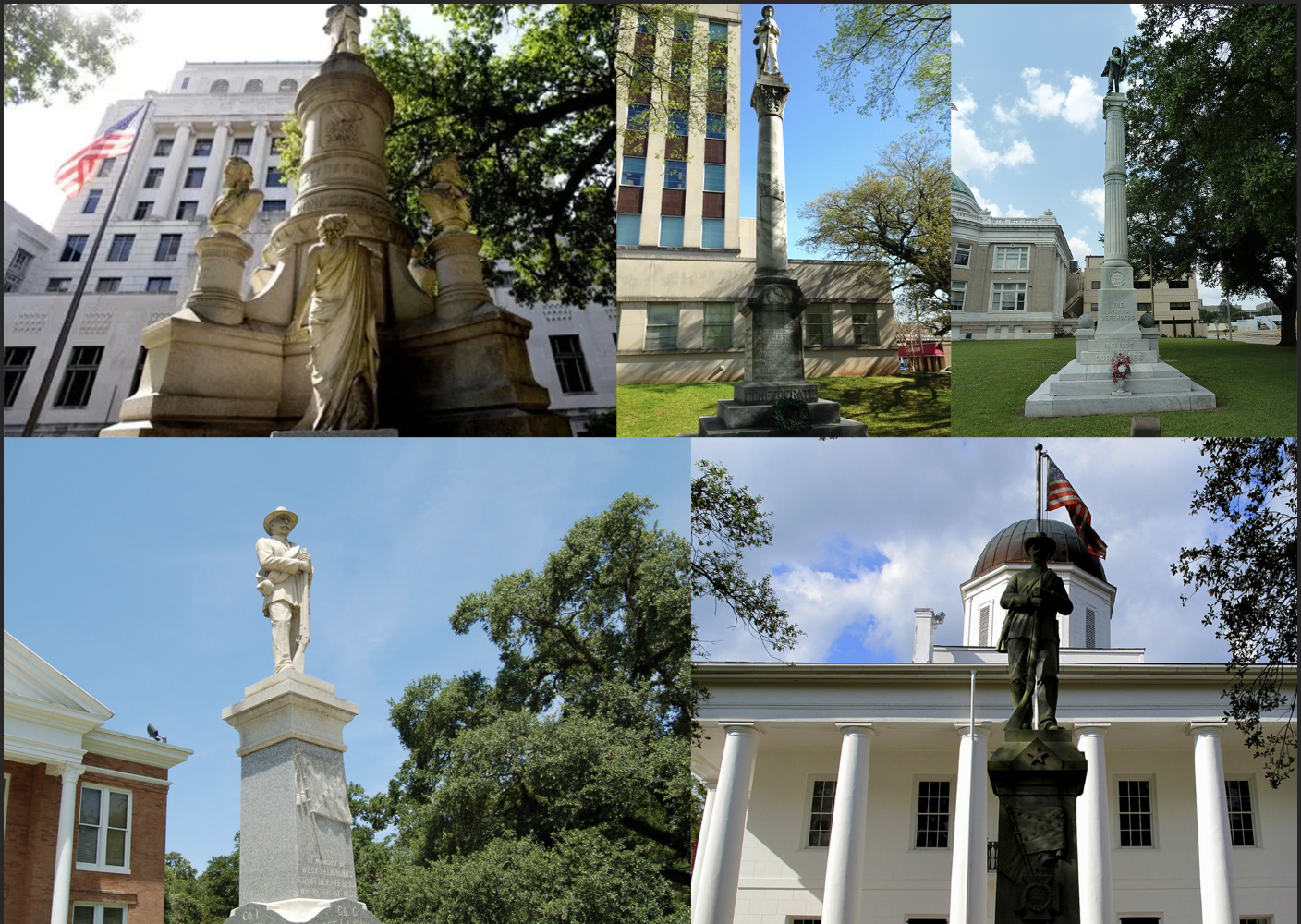
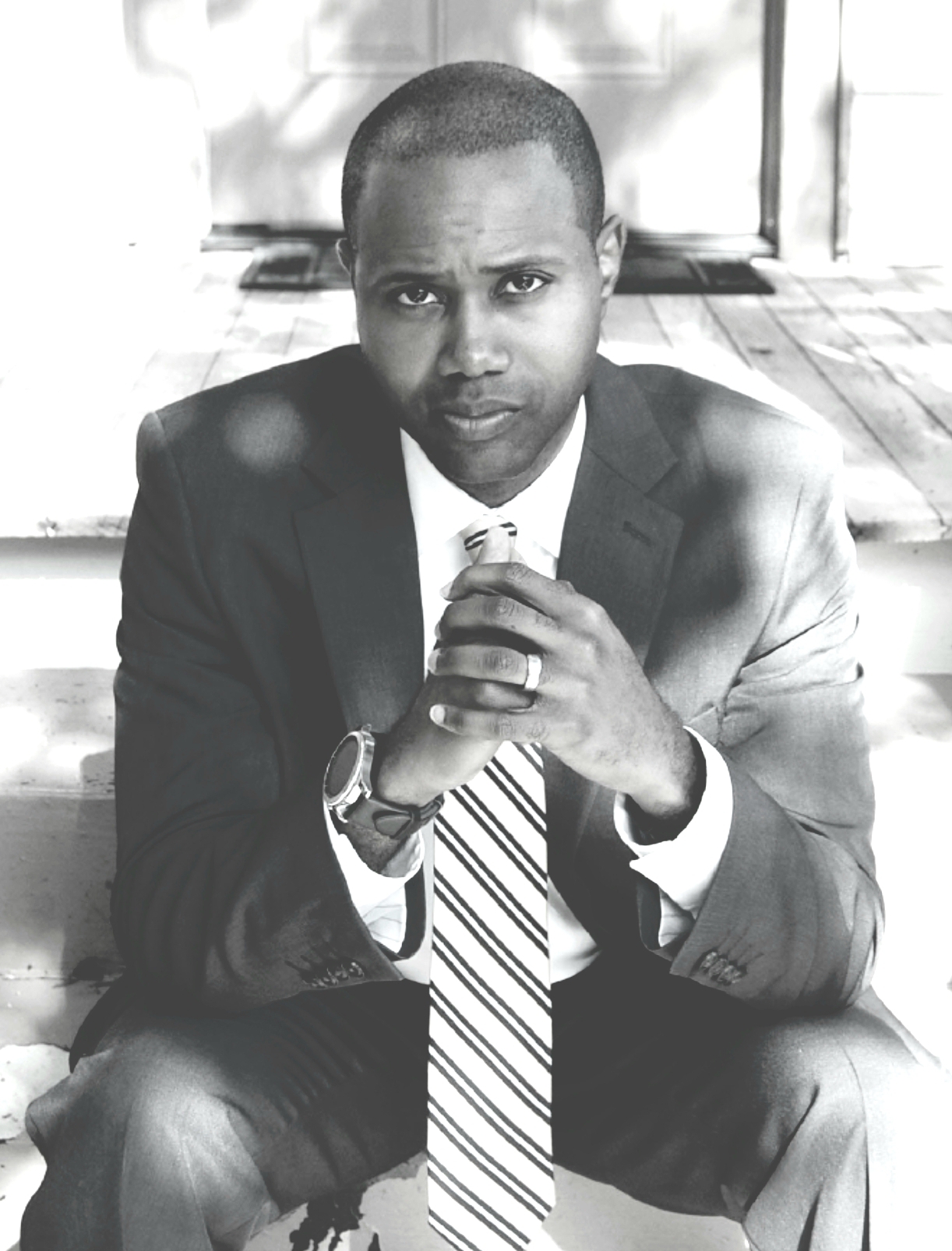
About the Author: Niles B. Haymer earned his J.D. from Southern University Law Center, where he was Articles Editor of the Law Review and a member of the American Trial Lawyers’ Association Mock Trial Team. He was also a recipient of the Russell B. Long Federal Court Award and Juvenile Clinic Student Attorney of the Year Award. Niles earned a B.A. in Political Science, graduating with the highest GPA in the Nelson Mandela School of Public Policy. As an undergraduate student, Niles was elected Student Government Association (SGA) President. During his tenure in office, Niles implemented mentoring and reading programs at elementary schools in North Baton Rouge. It was also during this time that he fought against chemical plants burning the napalm chemical in close proximity to the University and the surrounding communities. At the conclusion of his term as SGA president, Niles was voted as most intriguing story of the year by the Southern Digest. After earning his Juris Doctor, Niles began practicing in Baton Rouge, Louisiana, where he specializes in litigation-intensive Personal Injury, Workers Compensation, Family Law, and Criminal Defense. Niles currently resides in Baton Rouge with his wife and three children.
Throughout Louisiana, on all corners of the state, in small towns and big cities, many of our courthouses share a similar feature: A Confederate monument prominently situated on the grounds, often near the building’s entrance.
To many, these monuments are unremarkable, but for others, particularly African-Americans, each one carries a message of intimidation and oppression, communicating, as they were designed to do, that justice could never be guaranteed in a court that was nostalgic and sentimental over the institution of slavery.
Fourteen years ago, as a recent graduate of Southern University Law Center in Baton Rouge and a newly-minted attorney who aspired to seek justice by “fighting for the little man” through our criminal justice system, I imagined a justice system with courthouses featuring statues of Lady Justice holding a golden scale with her eyes blindfolded to the people who came before her. The walls of these courthouses would be displayed with powerful quotes. “Until justice rolls down like waters and righteousness like a mighty stream,” said Martin Luther King, Jr.
Or, as Albert Einstein once said, “America is today the hope of all honorable men who respect the rights of their fellow men and who believe in the principle of freedom and justice.”
It was my belief that every citizen of Louisiana, no matter their race, in this new millennium, had an opportunity to be treated fairly through the courts. After all, the days of Jim Crow were said to have been long gone.
Unfortunately, the reality came crashing in on me within my first weeks of practice in 2003.
One of the first criminal cases I handled involved an African-American client who was charged with a crime in the town of Clinton, Louisiana. Clinton is a small town about 35 miles north of Baton Rouge which sits in East Feliciana Parish.
On that fall morning in 2003, when I met with my client at the courthouse, the first image that seared into my mind was a huge Confederate monument erected right in front of the courthouse doors. It felt as though I drove to the courthouse that morning in the DeLorean from Back to the Future straight into the 1860s.
There was no Lady Justice; there were no poetic quotes about justice and equality; there was only praise and reverence given to the Confederacy. The monument featured a Confederate soldier on a pedestal erected in 1909, as if I had entered a parallel universe or a place frozen in time.
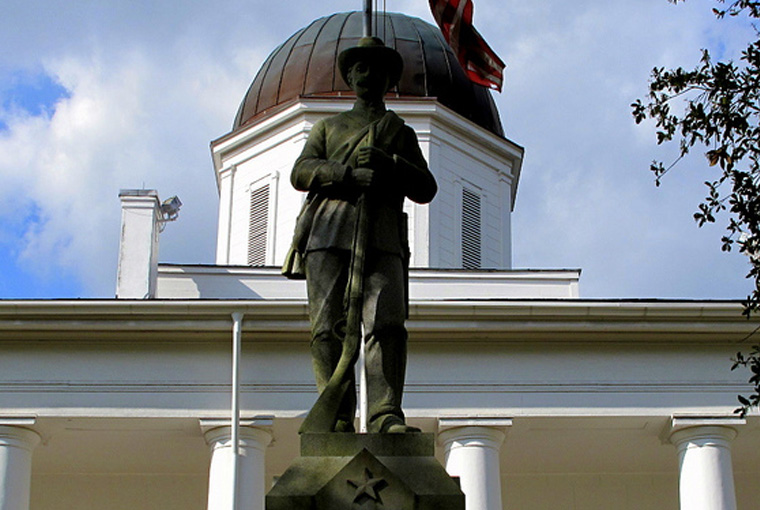
How could I be so naïve?
I was sorely mistaken to believe that the short existence of the Confederacy in Louisiana would not continue to be placed on a pedestal and revered a century and a half later in front of the very courthouses that African-Americans go to seek justice.
It wasn’t that I was new to the South and did not understand its history. I was schooled and seasoned in the history of the slave trade, the Civil War, the Black Codes, Jim Crow, and the Civil Rights Movement.
Although I was born in Baton Rouge, I was raised in Gulfport, Mississippi during my formative years from the age of 8 to 18 years old.
Before moving to Gulfport in the 80s, I did not even realize I was a minority, and I thought inequality only existed in South Africa because of the apartheid.
However, once I lived Mississippi, I realized that the tortured history of African-Americans in the South had always surrounded me with constant reminders from the “Stars and Bars” prominently displayed today on the Mississippi state flag to the worship by the locals of Beauvoir, the home of Jefferson Davis which lies in nearby Biloxi, Mississippi.
The turning point in my life came at the age of nine when I watched a full day marathon of the miniseries Roots in commemoration of its 10th anniversary. The miniseries had me in tears, in pain, in disgust and eventually in pride to see how African-Americans stayed strong throughout America’s original sin.
Soon, I began to not rely on history books given out by the State of Mississippi public schools, which continued to give adoration and respect to the Confederacy and simply glossed over slavery and the Civil Rights Movement.
My mother was a librarian, so, because of her, I found it easy to check out books and educate myself on the true, unfiltered history of America.
I will never forget a discussion I had with my middle school Mississippi History teacher in 1990. She told the class to look up the definition of a “Confederate government” to understand why the Southerners needed to secede from the Union. I promptly raised my hand and boldly asked, “Can we also look up the definition of slavery to see why the Southerners really wanted to secede from the Union?”
I was hauled out of the class for the day for being sassy, disruptive, and overly enjoying the Arsenio Hall barks that my African-American classmates delivered to me. But I was right. I may have not completely realized it at the tine, but I was being punished for calling out racism.
In high school, when I told a white teacher that I planned on attending Southern University, she gave me a smile and told me she was so proud and that I would love Hattiesburg (the home of the University of Southern Mississippi). I quickly corrected her and explained that Southern University is a Historically Black College and University (HBCU) in Baton Rouge. She weakly attempted to hold back her condescending smirk and asked me to consider staying closer to home.
“Maybe J.D. Community College for two years?” she suggested. J.D. stands for Jefferson Davis and is a community college in Biloxi.
“I don’t think Jefferson Davis would’ve wanted me hanging out at his school,” I replied.
In 1996, I confirmed Southern University was indeed the perfect choice for me to continue my studies in the history of slavery and the African-American experience in America, while majoring in Political Science. On this HBCU campus, the historical plaques and persons placed on pedestals– besides our distinguished alum– were of P.B.S. Pinchback, the first African-American governor of Louisiana and, for that matter, of any state in 1872 during Reconstruction; T.T. Allain, the African-American Louisiana legislator during Reconstruction; Martin Luther King, Jr;, Jesse Owens and other African-American Civil Rights leaders to name a few.
During my four years at Southern, I was shielded from the Confederate propaganda that I grew up with in Mississippi and soon considered it a distant memory.
In 2000, I was accepted into University of Mississippi School of Law (colloquially known as Ole Miss Law School) and decided I would visit the campus to determine if I wanted to attend.
In 1970, my father was admitted and attended Ole Miss Law School and lasted one semester before being told by the Dean that he was only accepted for the purpose of saying that “Negroes are allowed to attend but that doesn’t mean you were ever meant to graduate.”
Luckily, for my father and other African-Americans in pursuit of a legal career, Southern University School of Law opened doors of opportunity for a law degree that could not be obtained at other majority white institutions in the South.
I suppose there was a part of me that wanted to prove some thirty years later that things had changed. However, the imagery of the Confederacy was still prominent on the campus of Ole Miss, along with its Confederate statues and halls named after Confederate leaders. I lasted about a half an hour on my tour before I gave up.
To this day, my father still teases me by saying he lasted four months at the recently-integrated Ole Miss and that thirty years later, I could not last an hour on a tour of the campus before quitting. Today, Ole Miss has made strides in removing certain Confederate plaques and names off of halls and forbidding the “Stars and Bars” from being prominently displayed throughout campus which is commendable, but in 2000 and coming from an HBCU, Ole Miss was a shock to my system after being away from Mississippi for four years.
In the fourteen years that I’ve had the great honor to practice law in the State of Louisiana, I have handled cases in many parishes outside of my hometown of Baton Rouge. I soon discovered an awkward theme to many of the courthouses I visited to represent my clients: That over 150 years later, the Confederacy continues to be a prominent feature at many of our Louisiana courthouses.
St. Francisville, which sits in West Feliciana Parish, is a small bohemian town that has carefully preserved some of the most well-known and largest antebellum plantation homes. Located about forty miles northwest of Baton Rouge, the town’s revenue is largely generated from tourists across the nation who long for that Gone with the Wind-type of nostalgia which can be seen from the 19th century design of the homes and buildings.
At the town’s courthouse, there is a Confederate monument that sits at the entrance which reads, “For the dust of our heroes hath hallowed the sod / Where they struggled for Right and for Home and for God.”
Again, a demonstration of heroic reverence of the Confederacy with no mention of what these “heroes” actually fought and died believing. This sanitized version of the Confederacy is paraded in front of every African-American in the very place that all Louisianians go to seek justice and equality under the law.
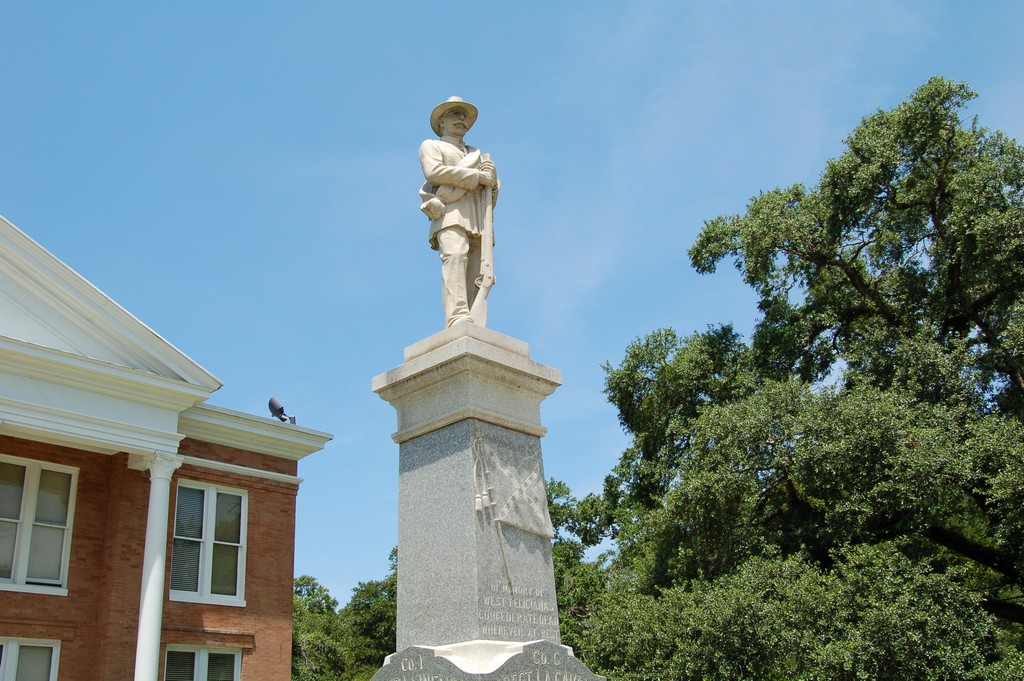
As an African American going through the doors of the St. Francisville courthouse, you are constantly reminded that the Confederate cause was a just cause and seemingly endorsed by our state government because of its location.
I remember talking to other attorneys (white and black) years ago about requesting a change of venue for a criminal case with an African-American defendant because of the Confederate monument, the all-white prosecutors and the all-black jailed defendants, but I was quickly laughed out of the courthouse that day.
I’ve made appearances in court in the City of Shreveport, where there is a Confederate monument outside the courthouse which features a Confederate soldier and four Confederate generals: Henry Watkins Allen, P.G.T. Beauregard, Robert E. Lee and Stonewall Jackson.
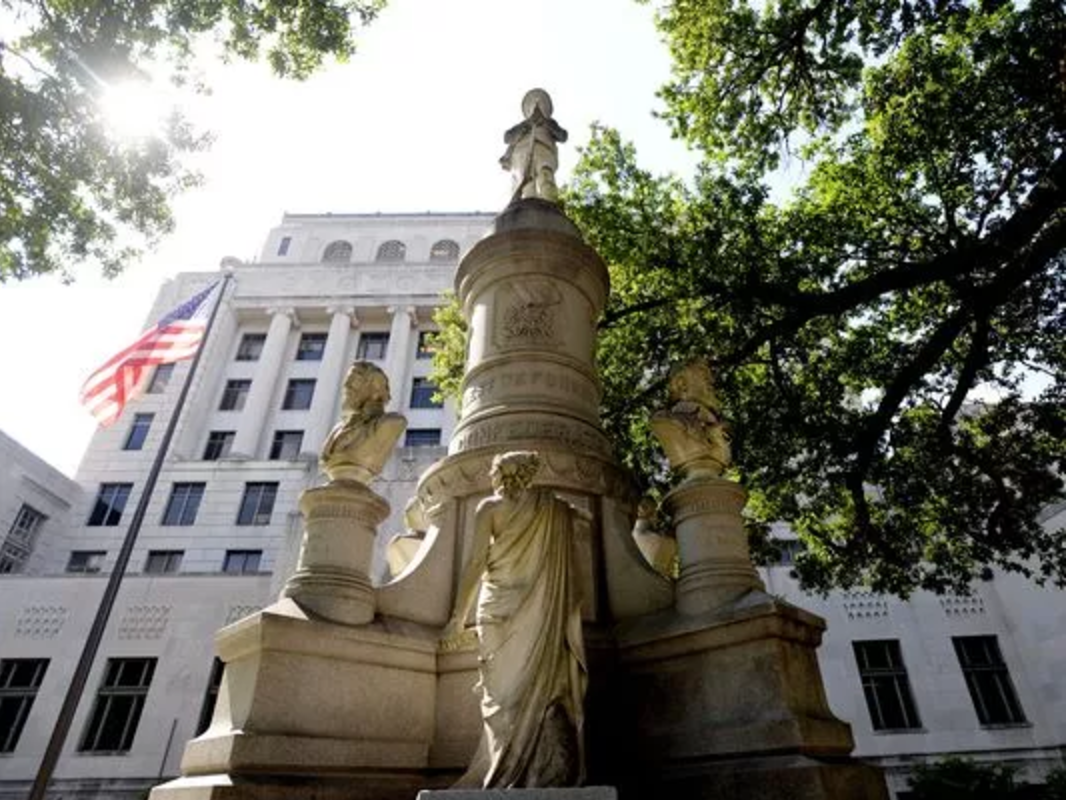
Evidently, this monument was erected in the early 1900s and still stands today serving as a reminder to African American attempting to seek justice at the Caddo Parish courthouse that the state government still validates what these men stood for in the Confederacy. For many, it is easy to walk by the monument without paying any attention to its audaciousness, but I stood before the stone figurine for almost five minutes, wishing that those men being commemorated could be alive just to see me, an African-American, walk into the courthouse with my brief case and alongside my white client.
There are similar sanitized Confederate displays at several courthouses throughout Louisiana from Rapides Parish to Calcasieu Parish and beyond that I’ve witnessed firsthand.
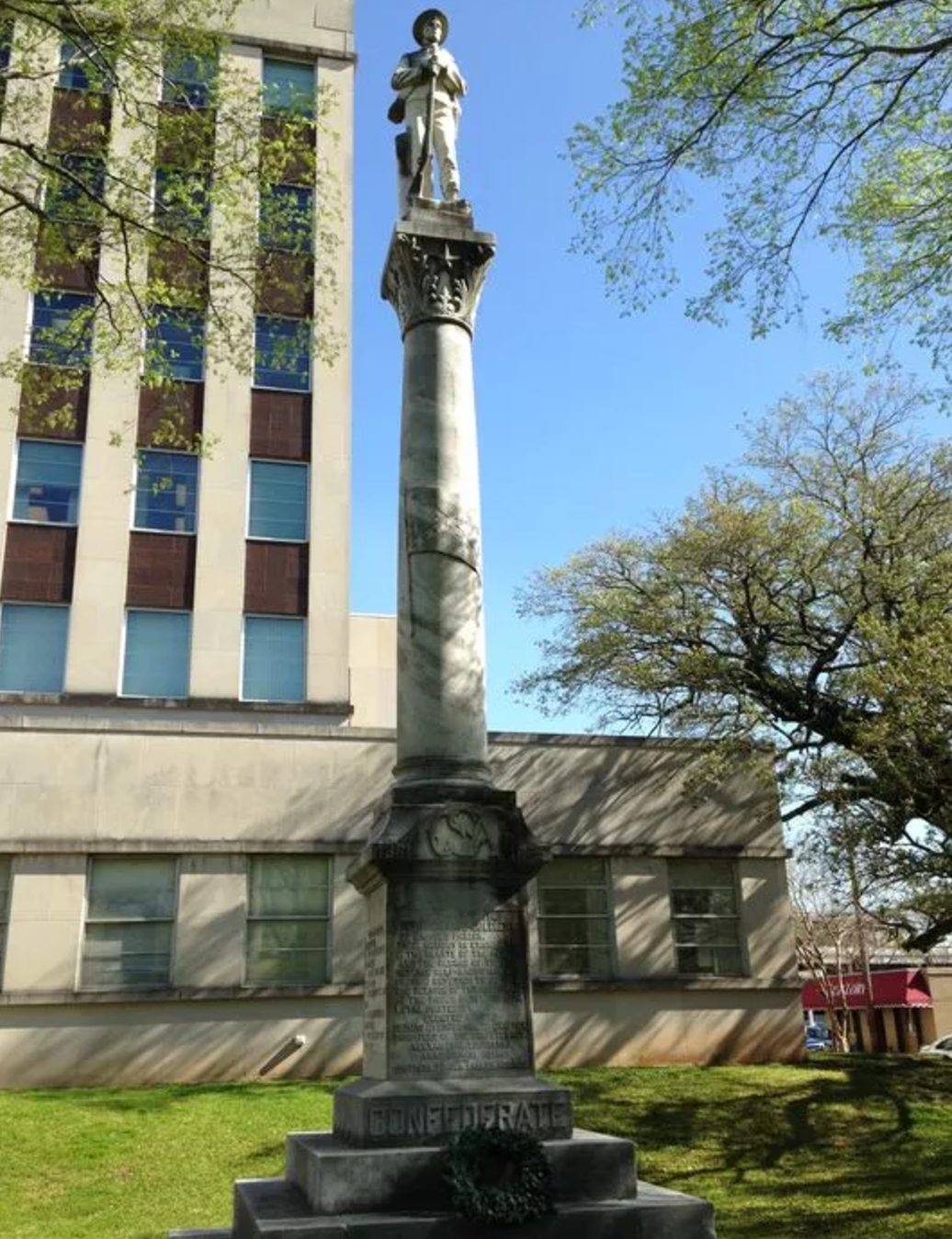
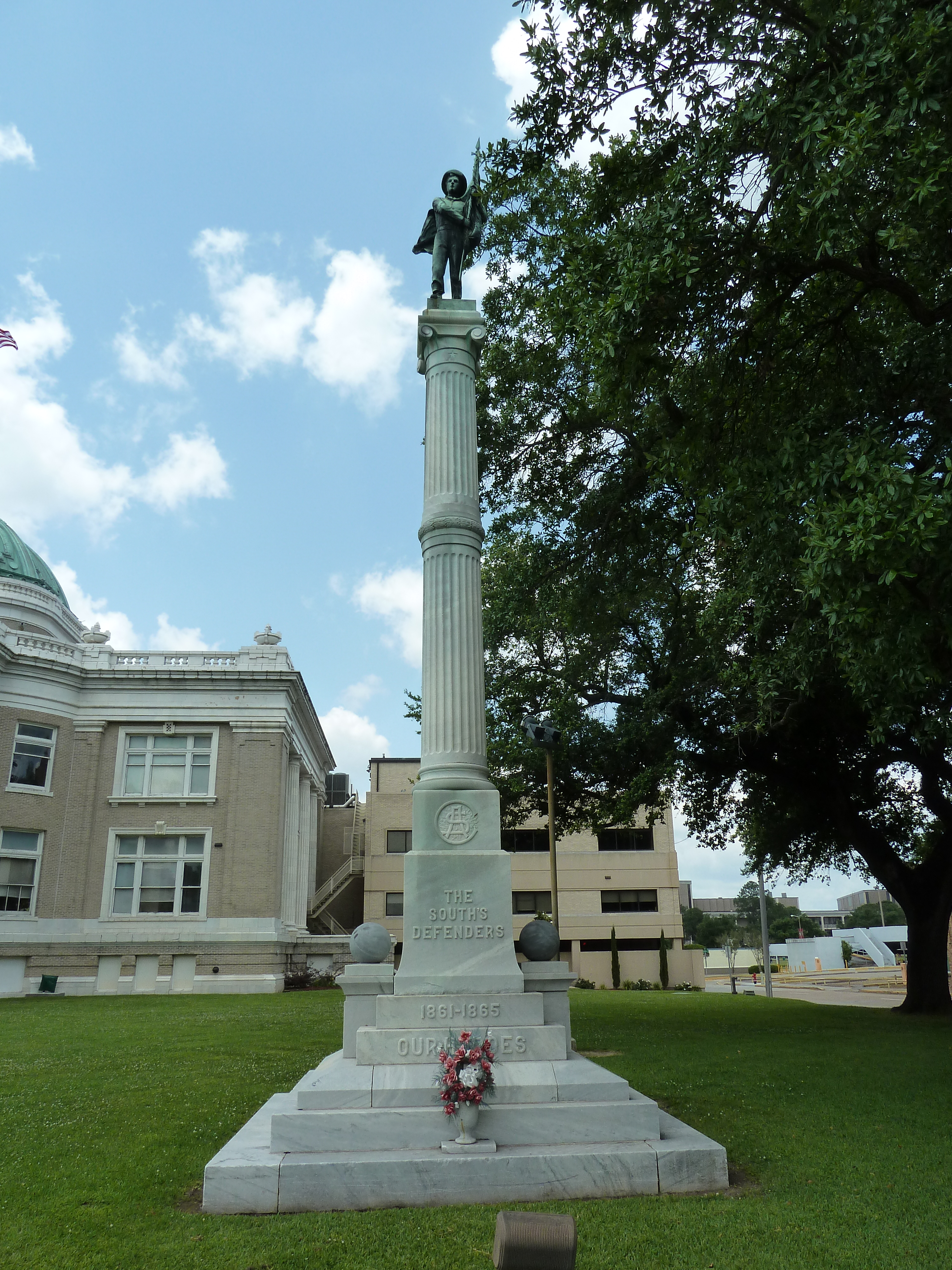
As an African American attorney, I am both frustrated and despondent to know our courthouses are being used as propaganda and to send subliminal and oppressive messages to African-Americans, a fact that should not be accepted in America in 2017.
Some will argue that it is a slippery slope to begin removing Confederate monuments, asking “Where will it stop?”
To that, I would counter it was a very slippery slope to erect these monuments in the first place. To African-Americans, they communicate oppression and the celebration of brutality; they champion the men who fought to treat our ancestors as property, glorifying these men as if there was any honor, dignity, or heroism in fighting to enslave and brutalize an entire race of human beings.
Both my paternal and maternal great-great grandfathers were born into slavery in Mississippi. Two generations later, both my paternal and maternal grandfathers fought for America in World War II.
The hope that they all had for my generation was that we would not endure the discrimination and second-class citizenry that they experienced on a day-to-day basis.
Therefore, today, there is no better time in our history to remove these reminders of racial intolerance from our courthouses and place them in a more suitable location such as a museum or a Confederate cemetery.
This is not about erasing history, because we all know that is impossible, it’s clearly about making the Confederate displays unwelcome at our courts of law.
In May 2017, in his call for removal of Confederate monuments from public property, Mitch Landrieu, Mayor of New Orleans said it best, “There’s a difference in the remembrance of history and the reverence of it.”
I could not agree more with Mayor Landrieu’s sentiment. Many southern whites, who believe revering the Confederacy is a part of their heritage and still view the people who fought for the cause of the South in the 1860s as heroes, will hotly debate that memorials in front of our courthouses are more than appropriate. Still, what cannot be debated is the feelings of pain and disgust in my heart and the hearts of many people of many races across America when we see such Confederate artifacts being displayed, not as an ode to true history, but as reverence to an ungodly cause.
It would be absurd to find no shame in a Jewish person in Germany in 2017 entering a courthouse with Nazi monuments and symbols engrained in its architecture. Nevertheless, this same absurdity is taking place every day in front of not just Louisiana courthouses but courthouses all over the South. This state has such a rich 200-year history with many worthy and less divisive causes we can commemorate at our courthouses, other than the four-year episode of the Civil War ending in the Confederacy’s defeat.
Commemorating the true history of our people, black and white, Creole and Cajun, Native American and immigrant, is what a tolerant society should do at the doorsteps of its courthouses.
This is why I implore the Louisiana State Bar Association and the Louisiana Supreme Court to draft a resolution for presentation before the Louisiana Legislature and stand for the principles of Lady Justice by requesting the removal of any divisive Confederate symbols and monuments from our courthouses.
These monuments don’t belong where people of all races go to seek justice, fairness and equality, because we all can agree that the Confederacy never stood for that.
